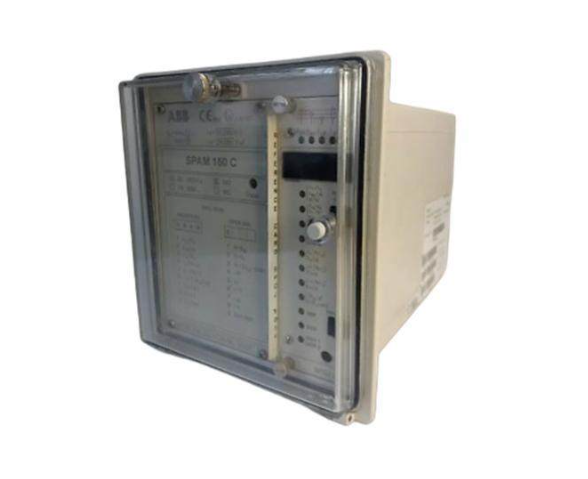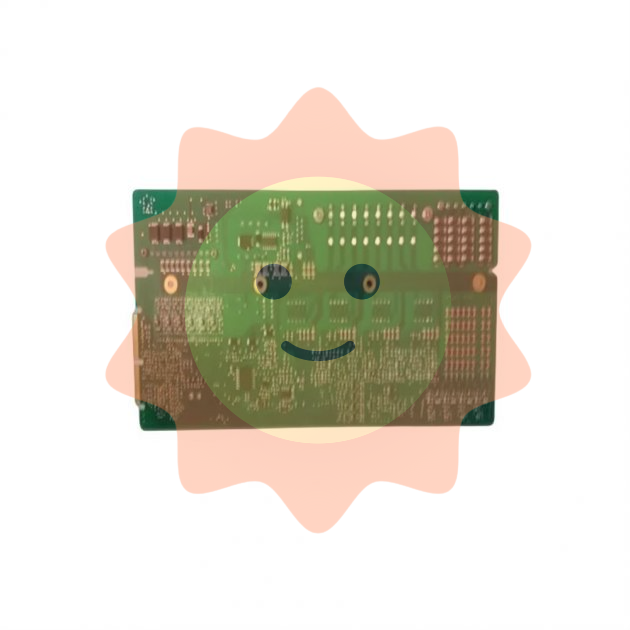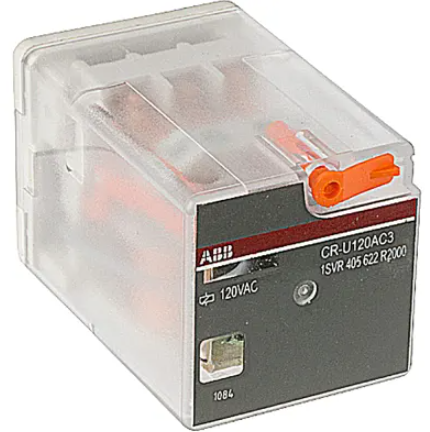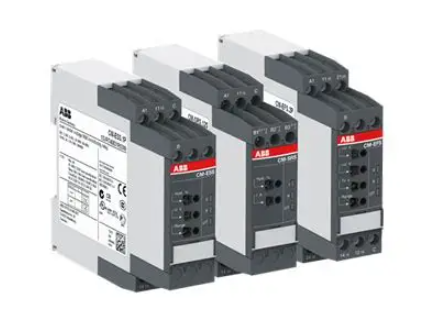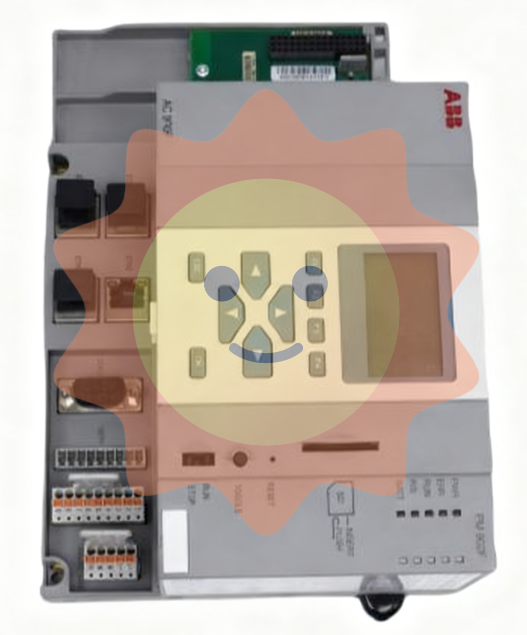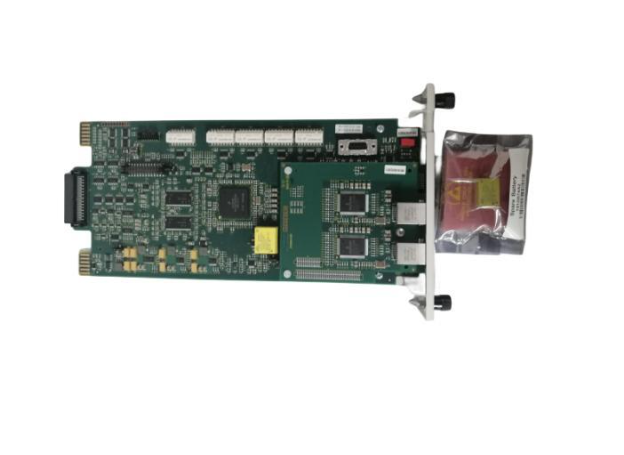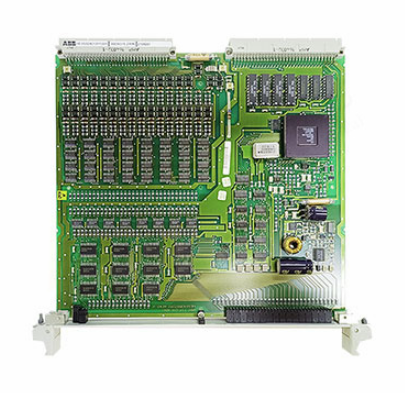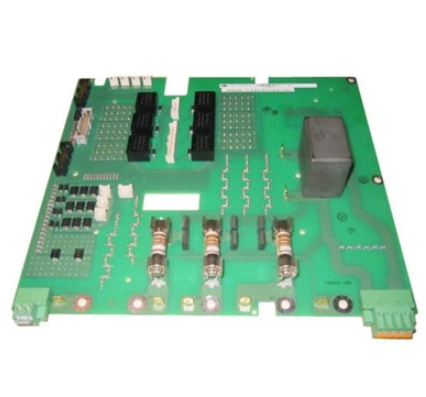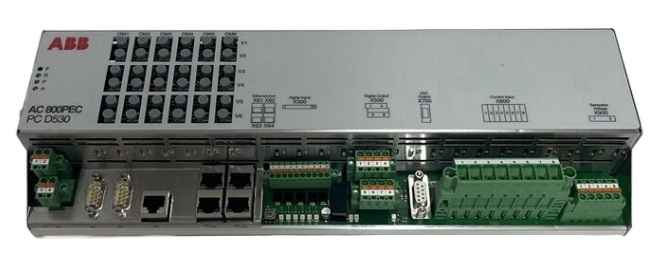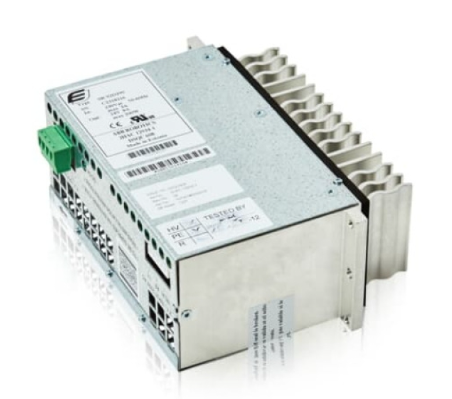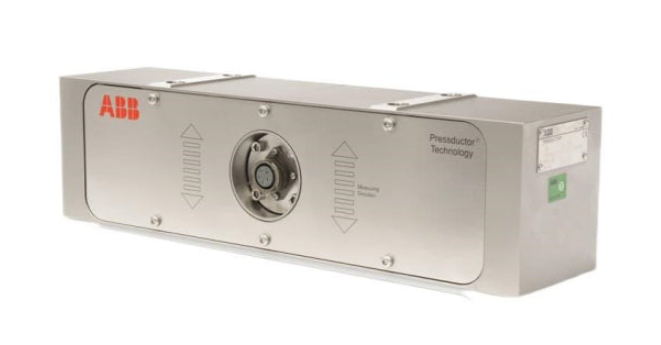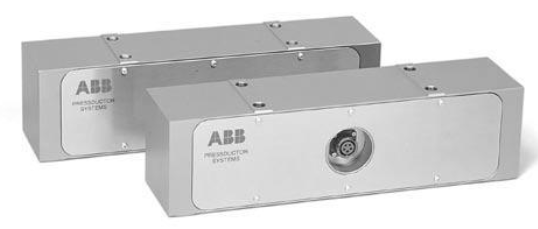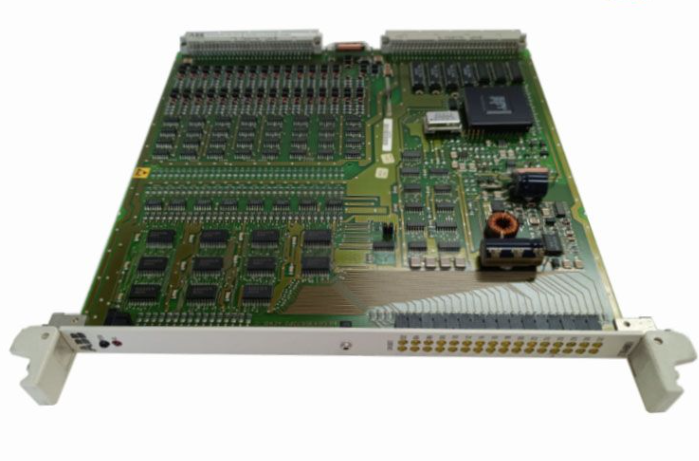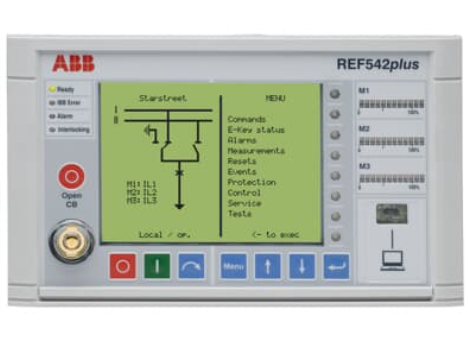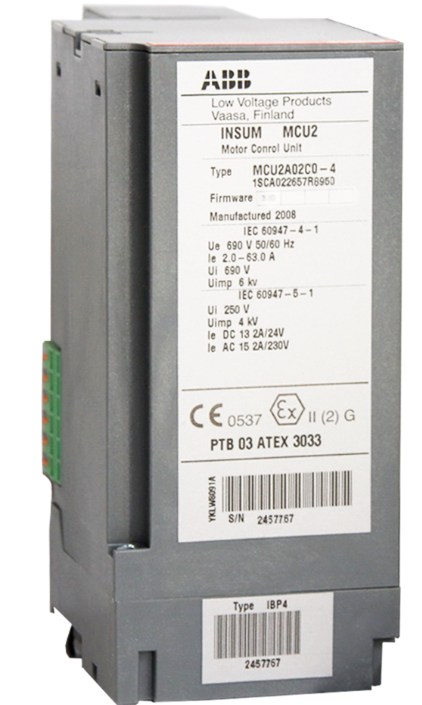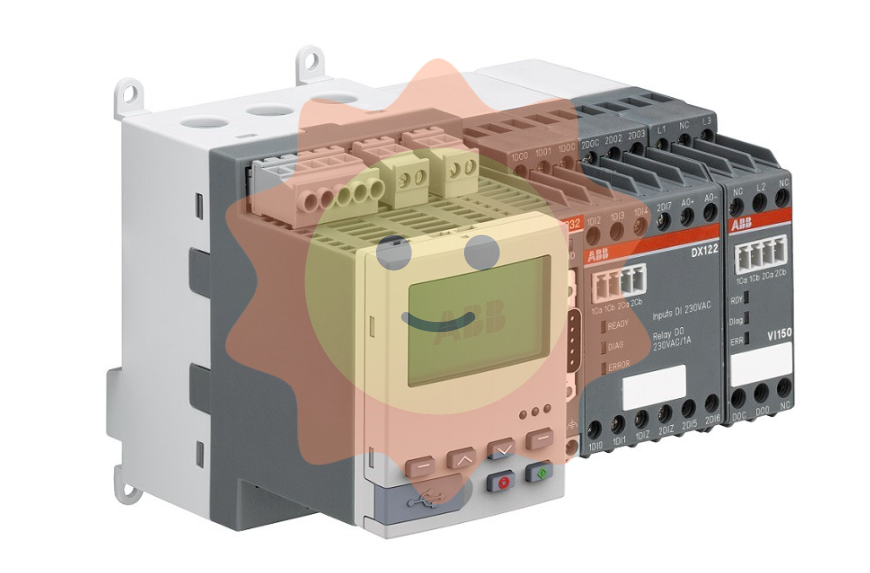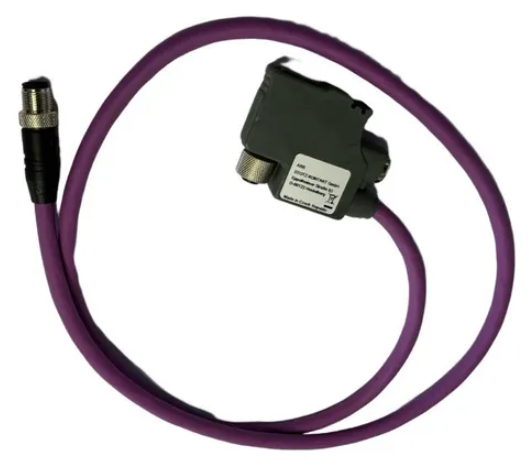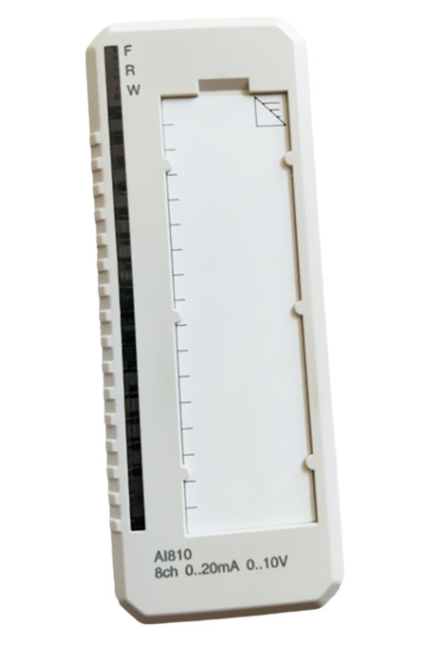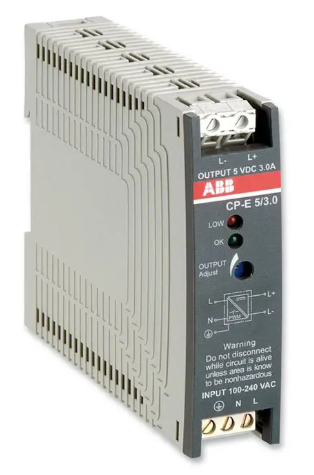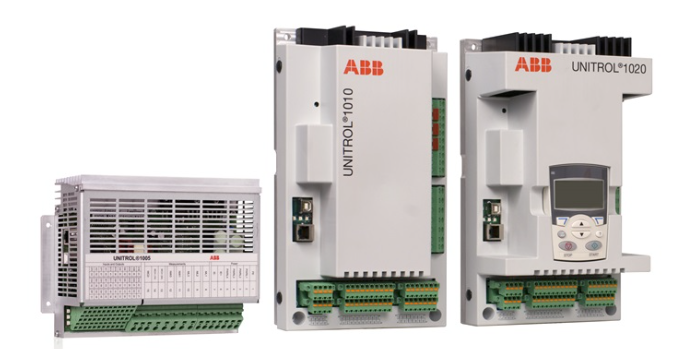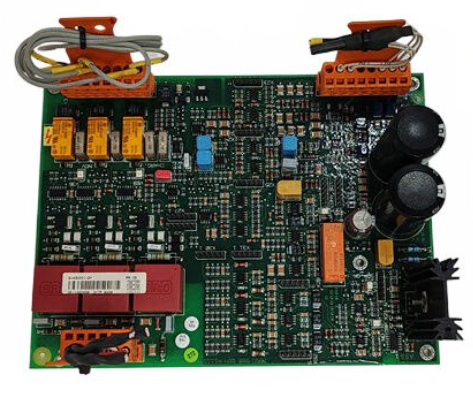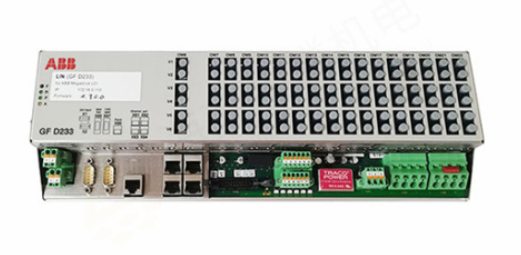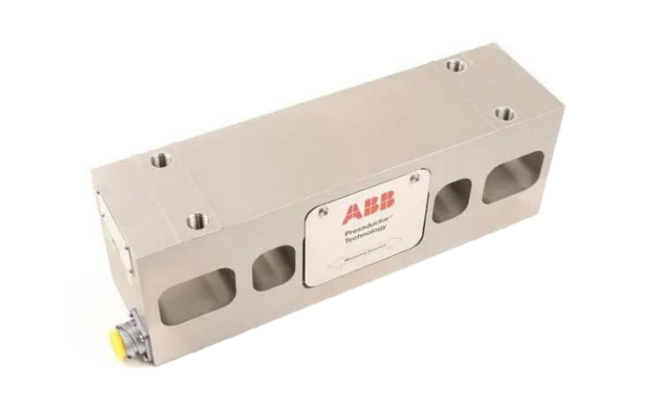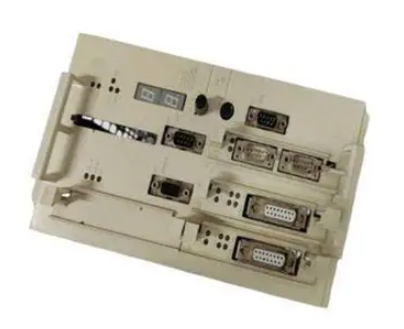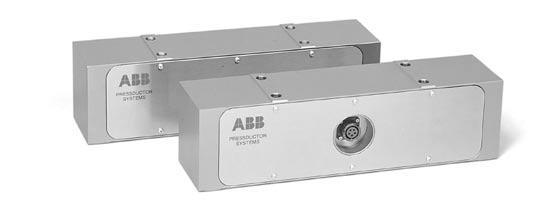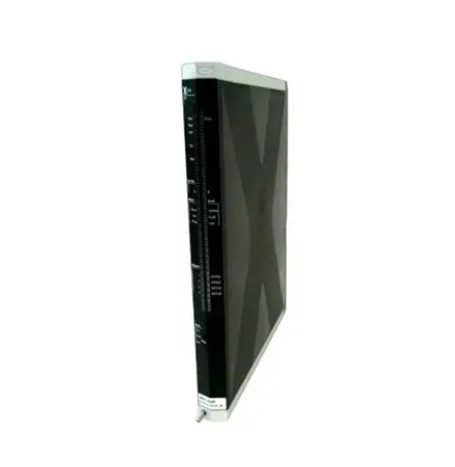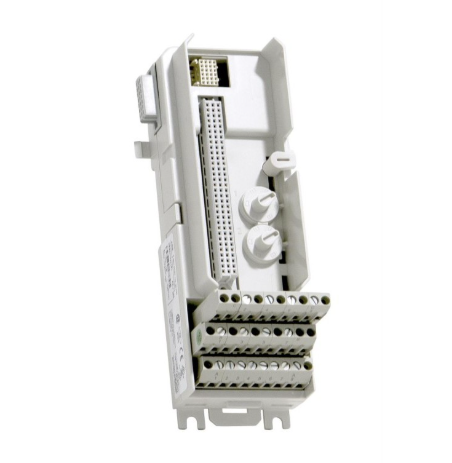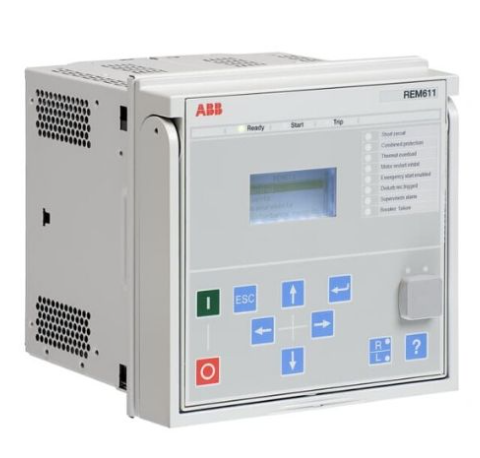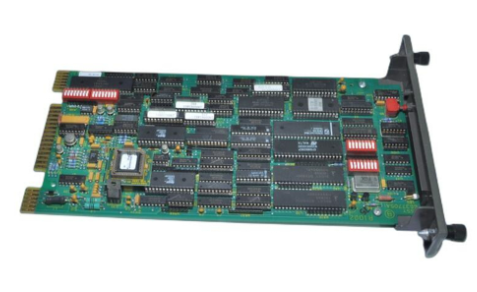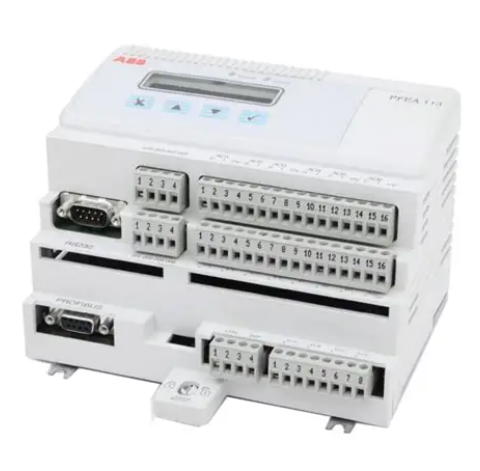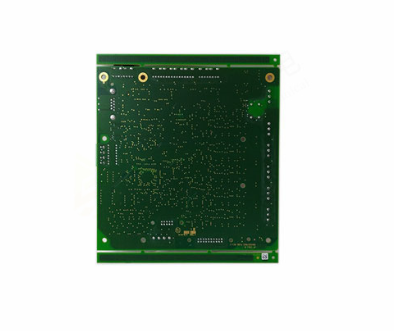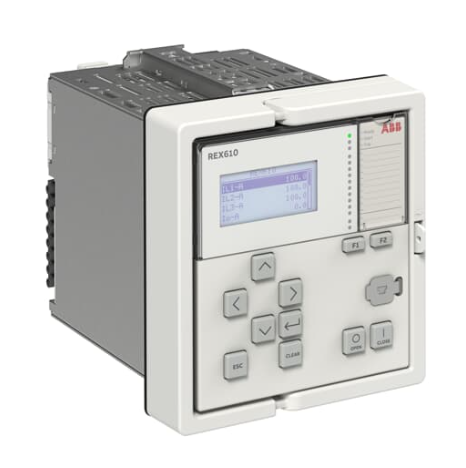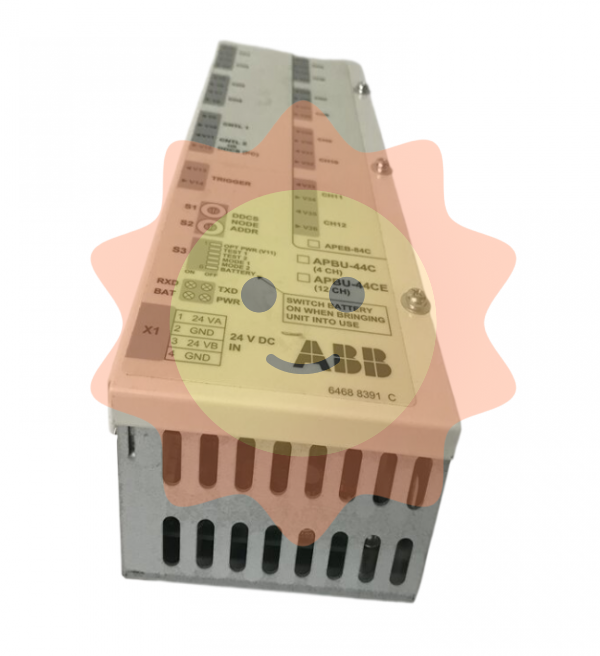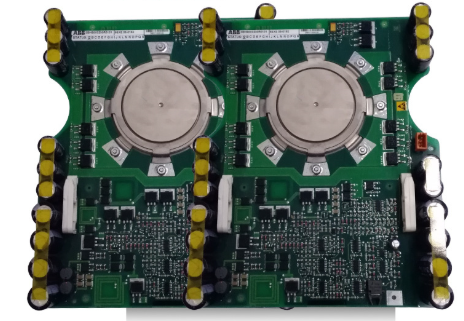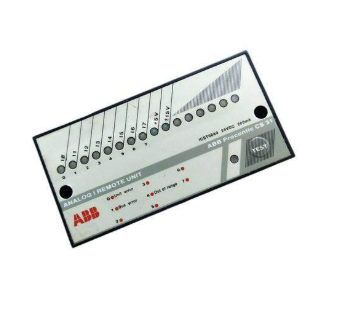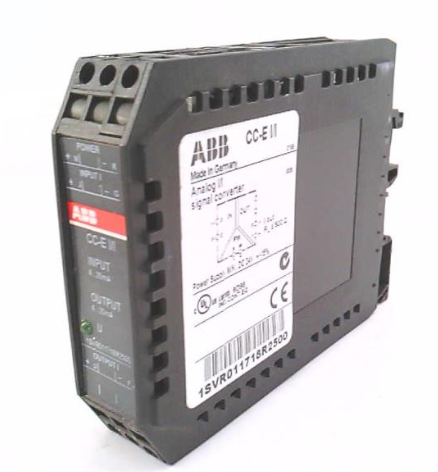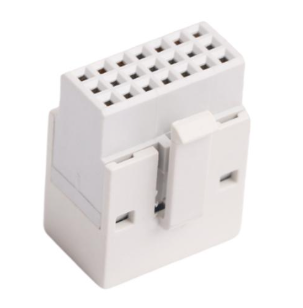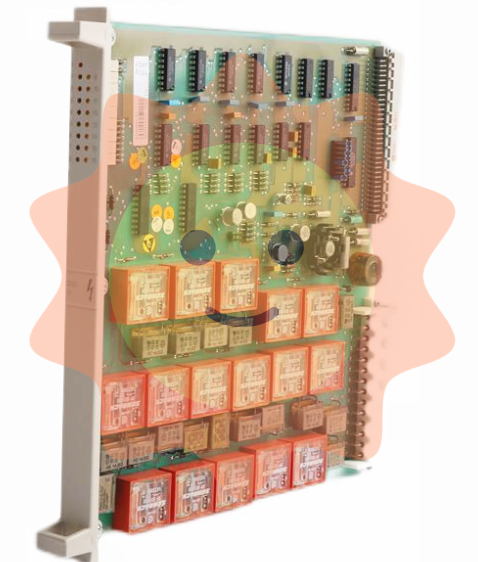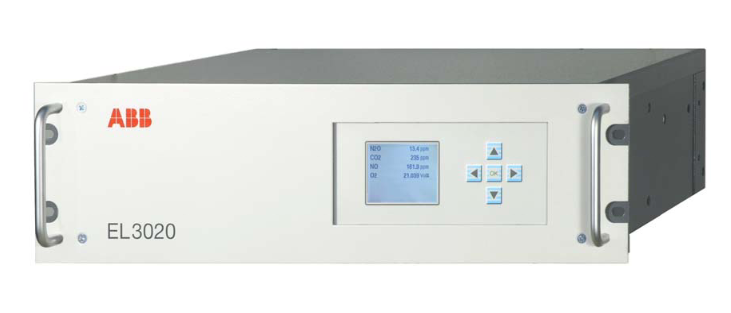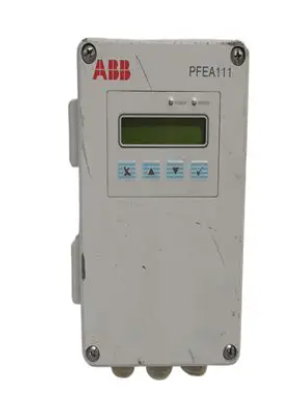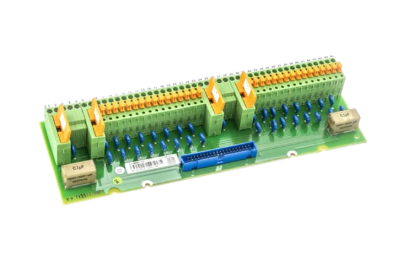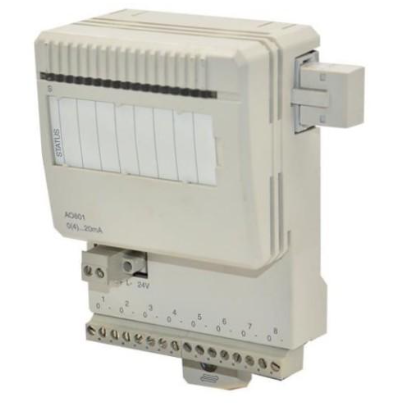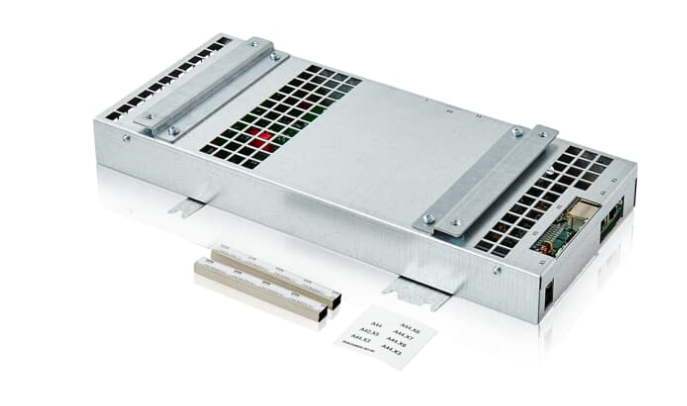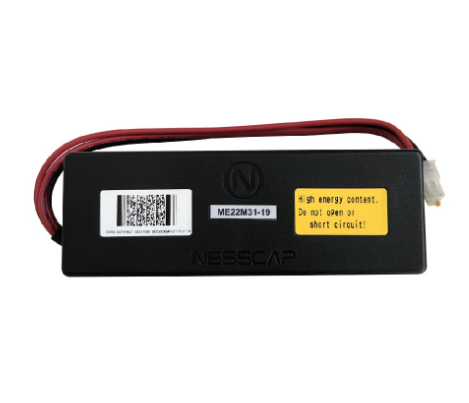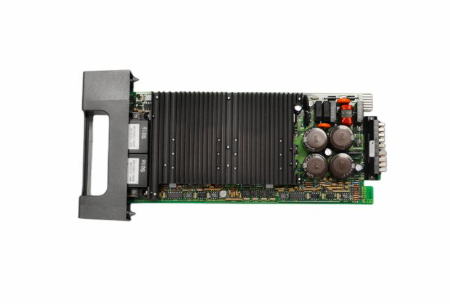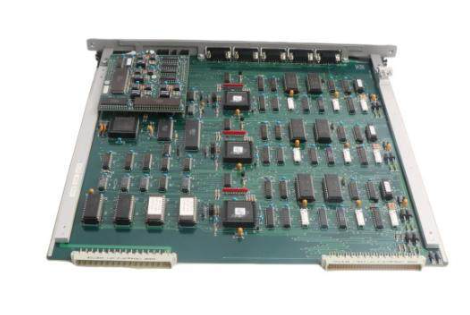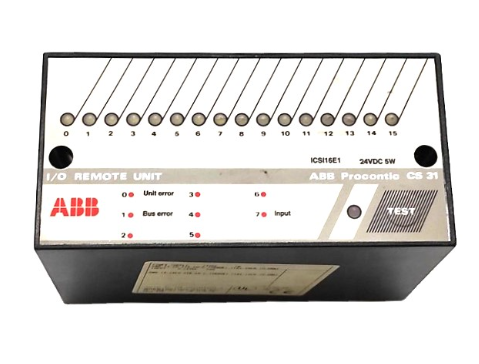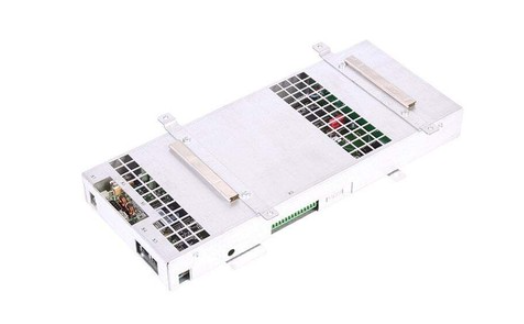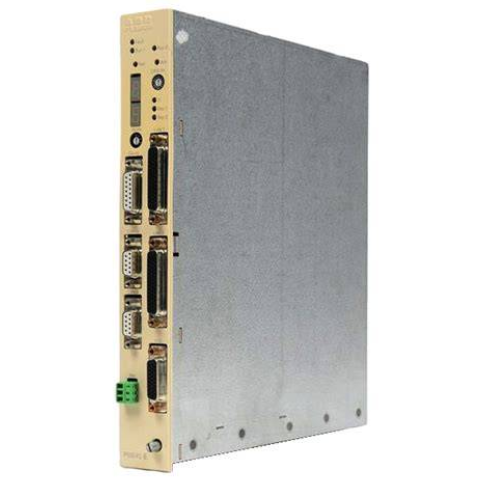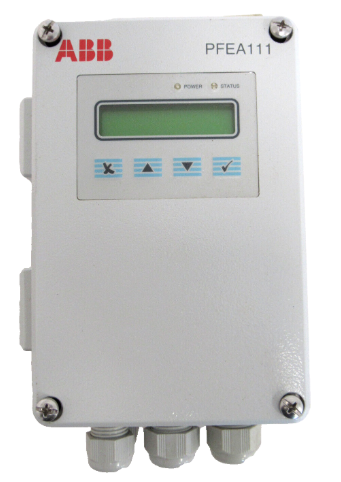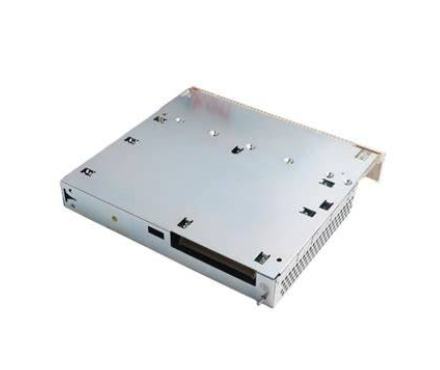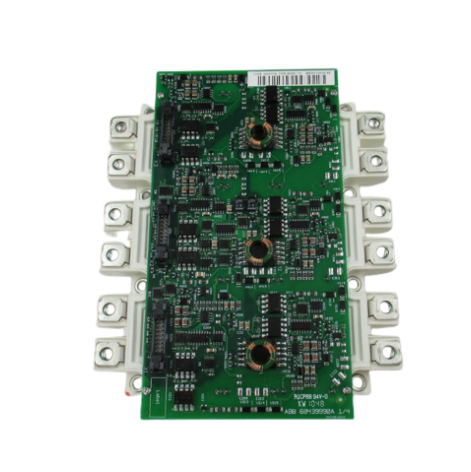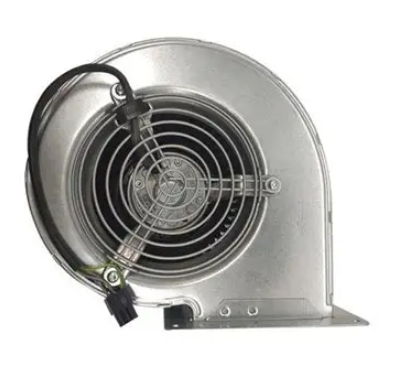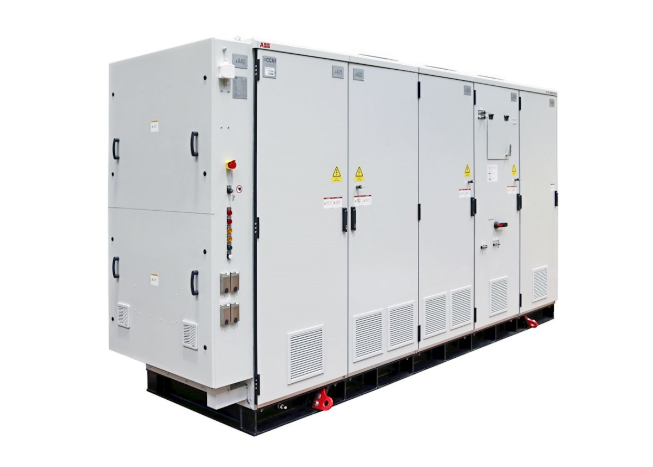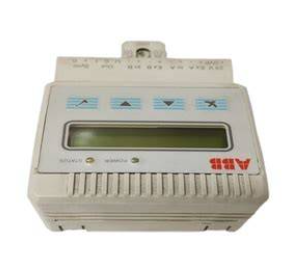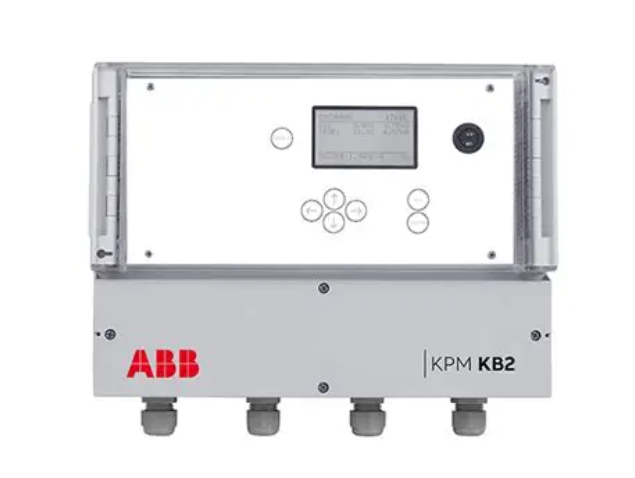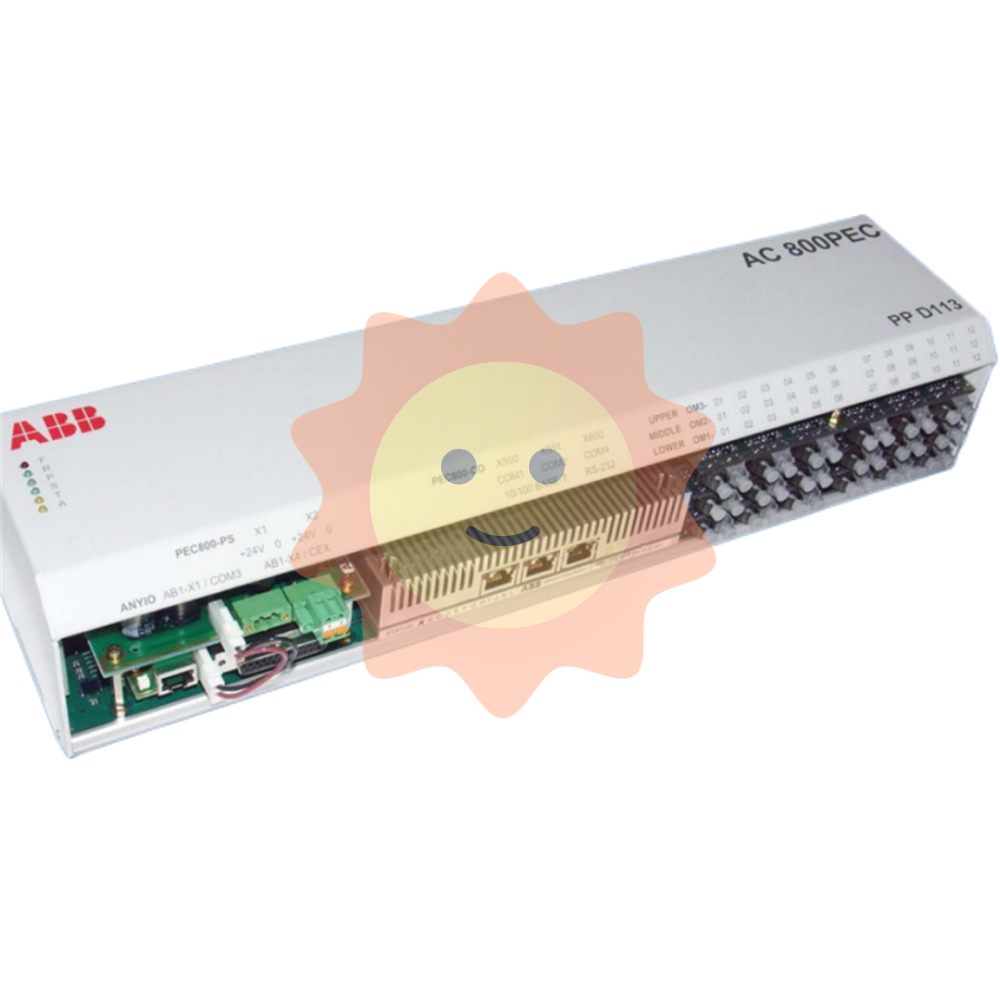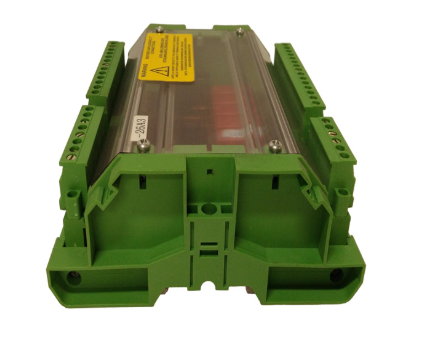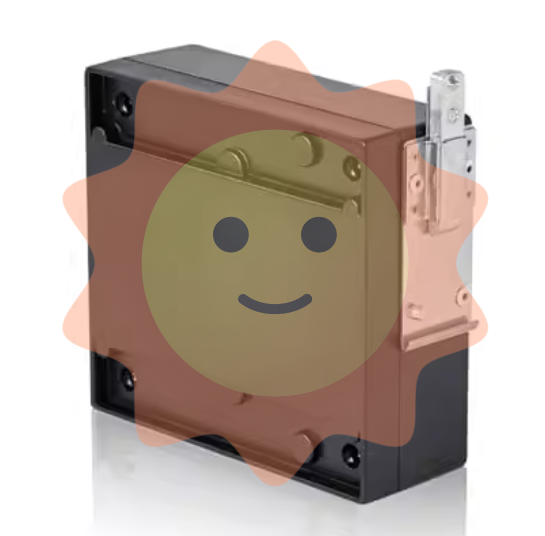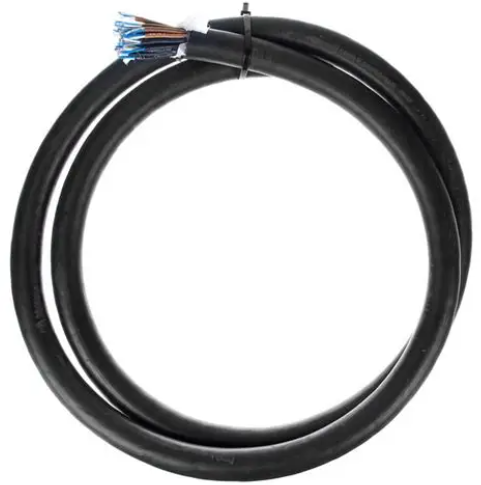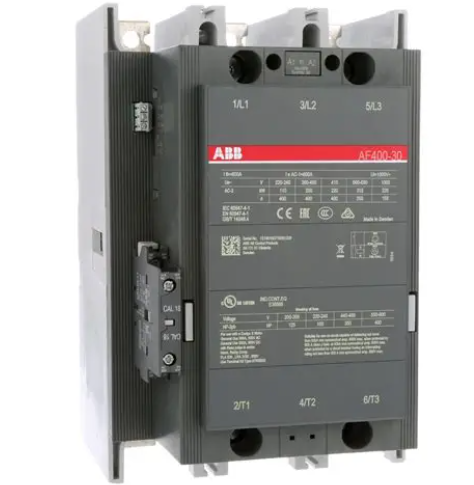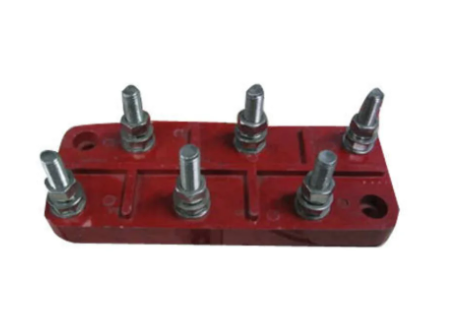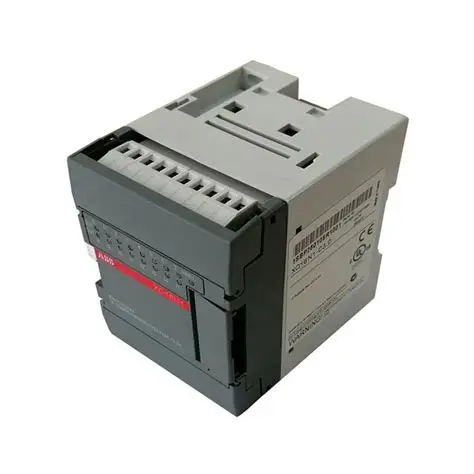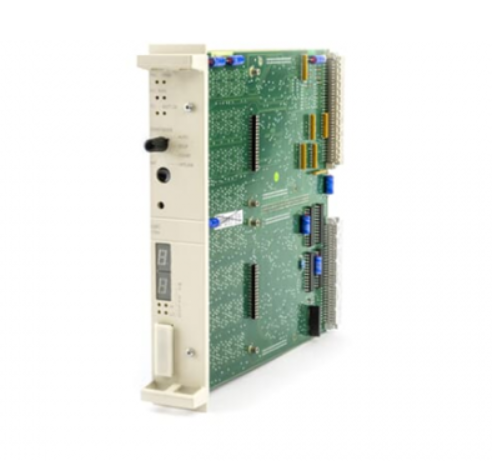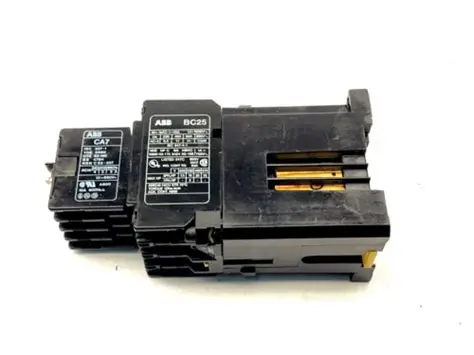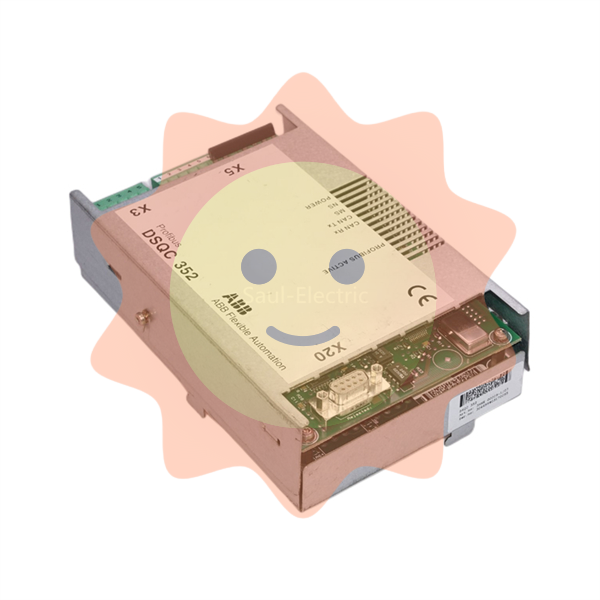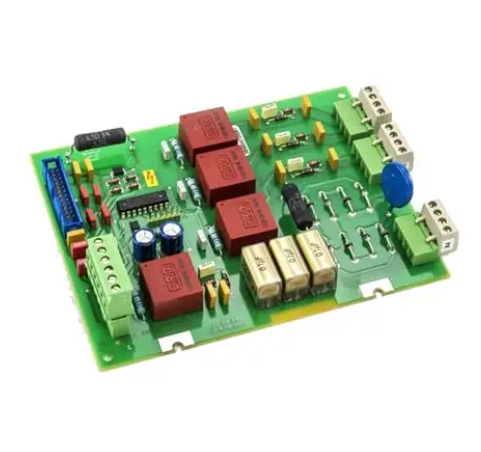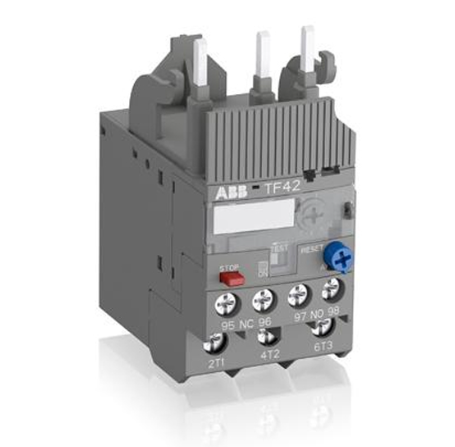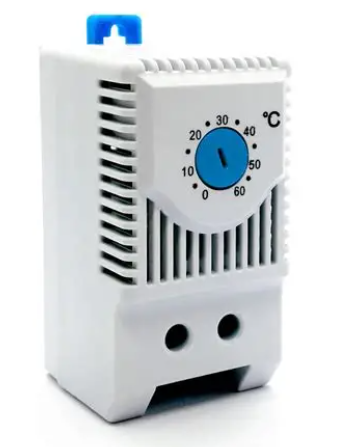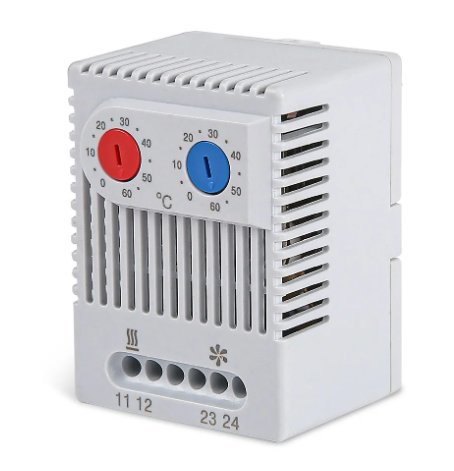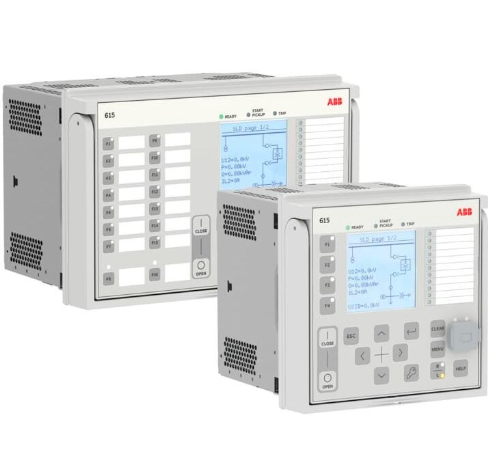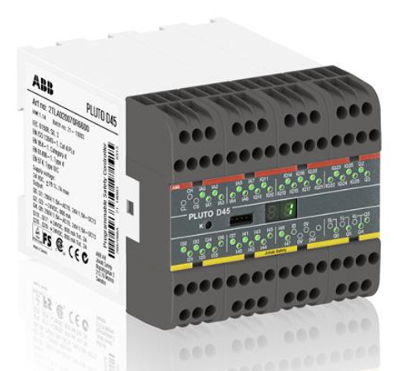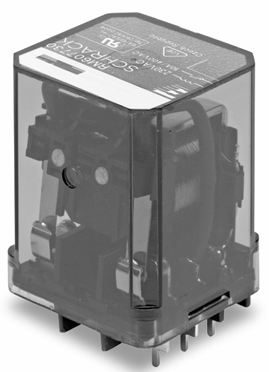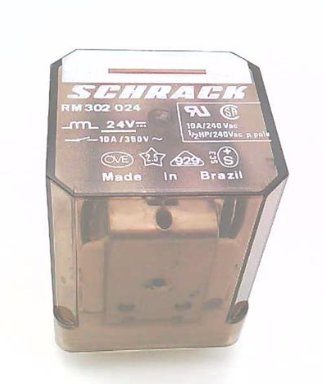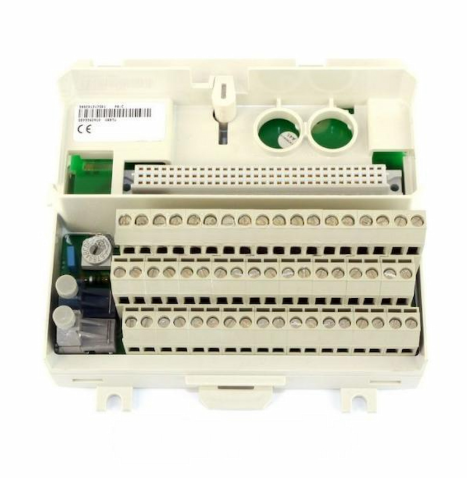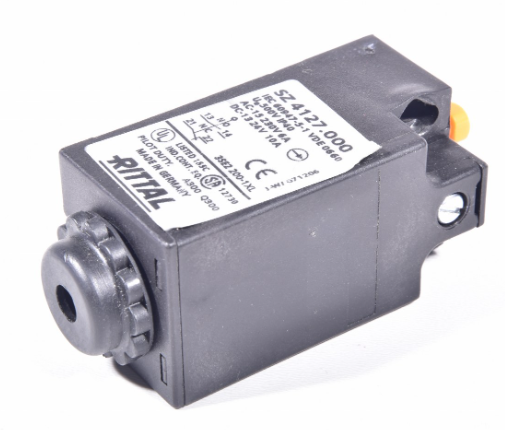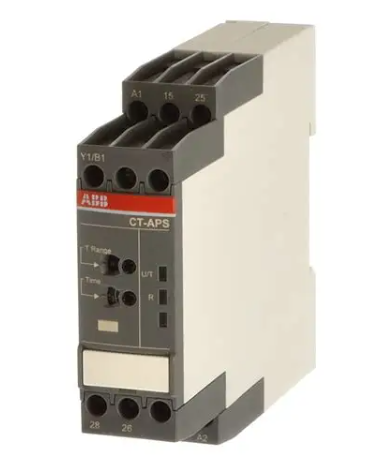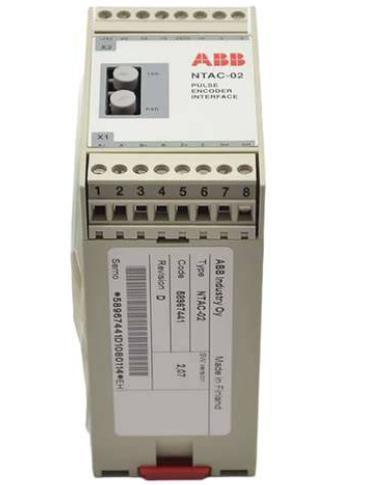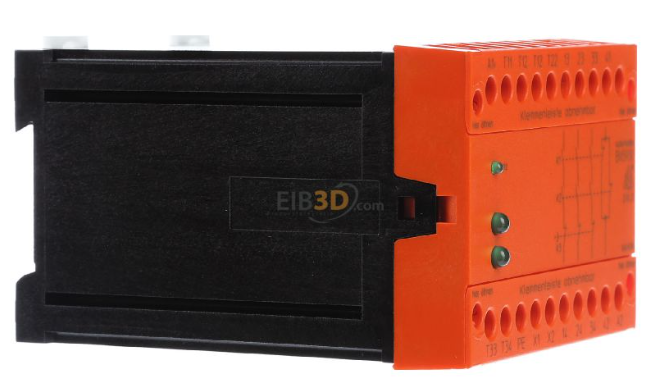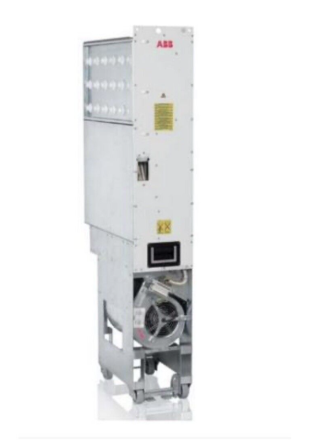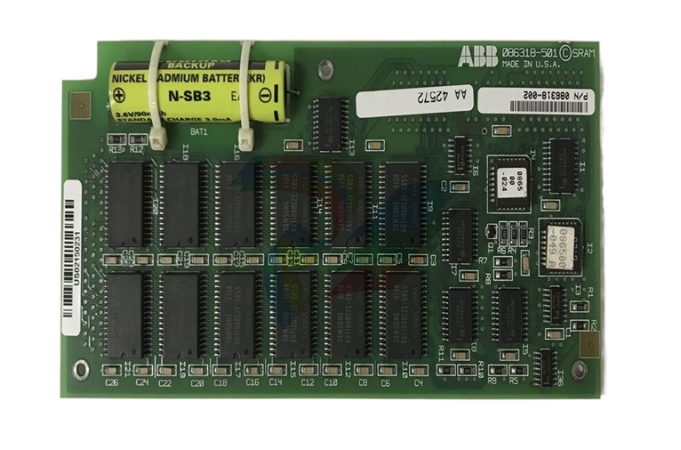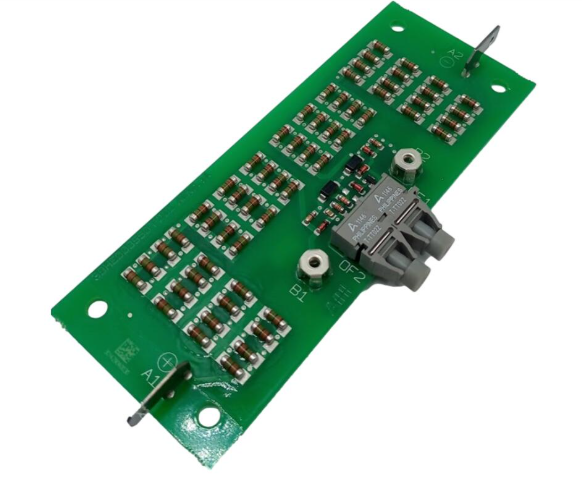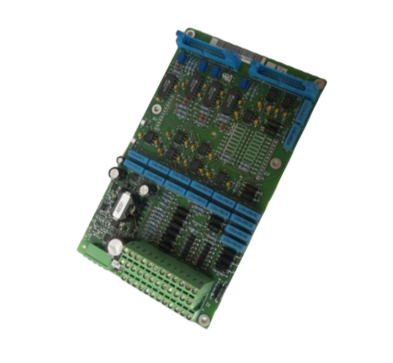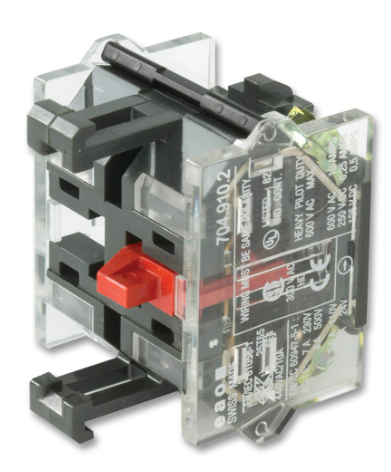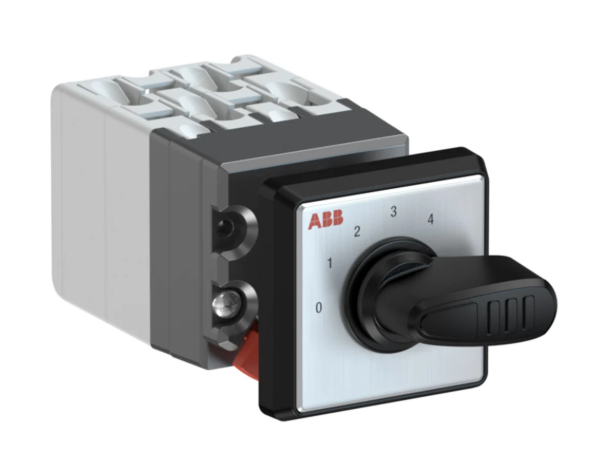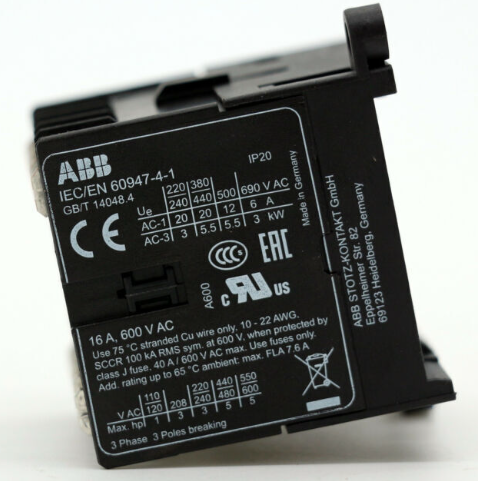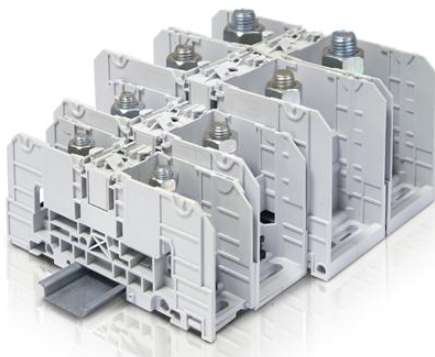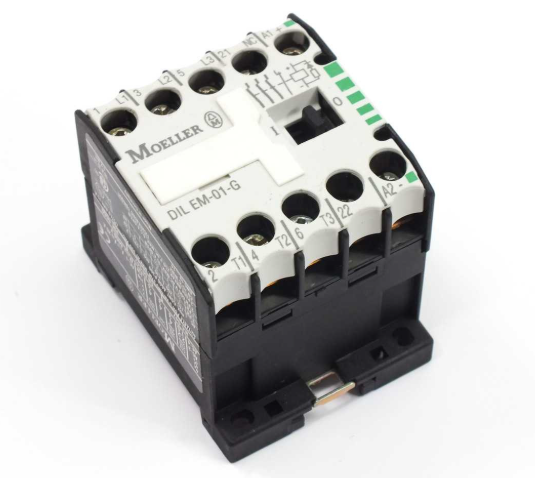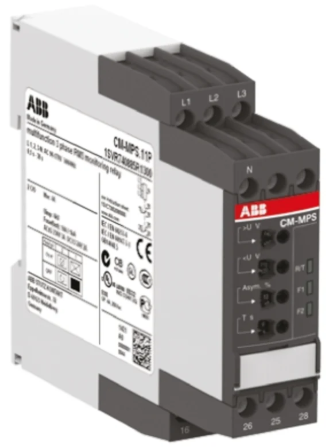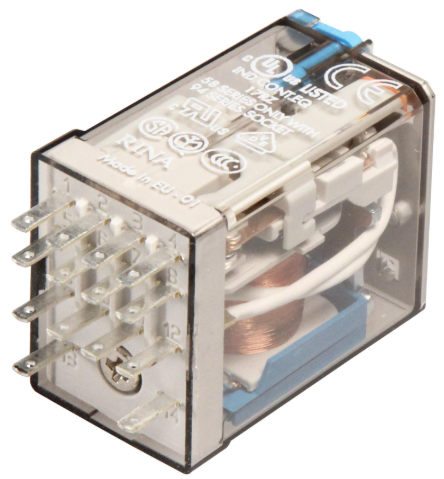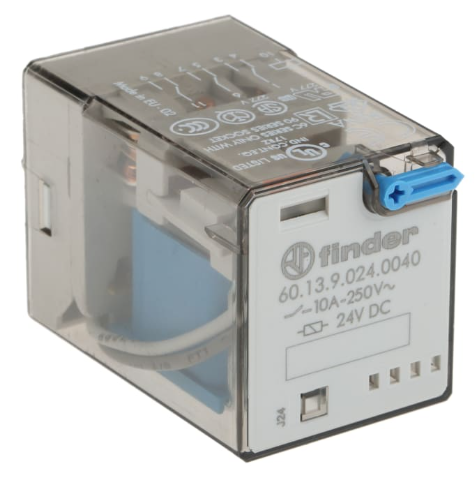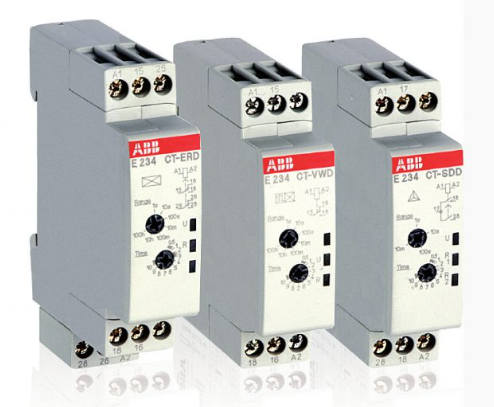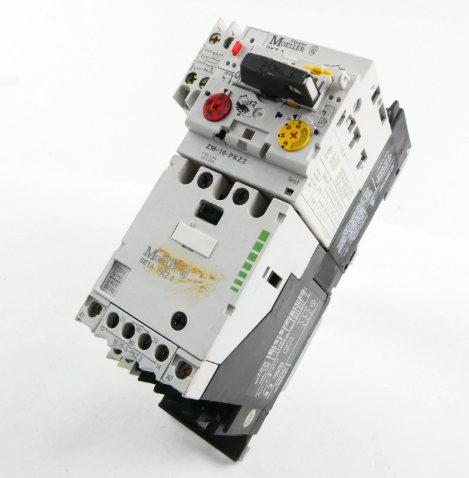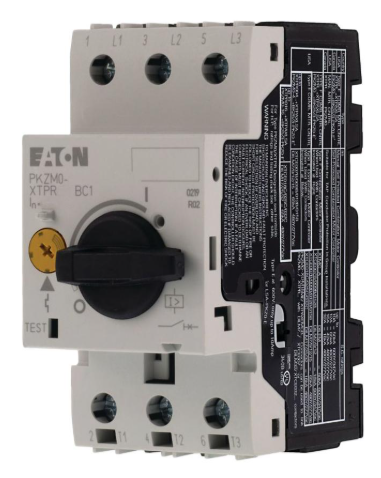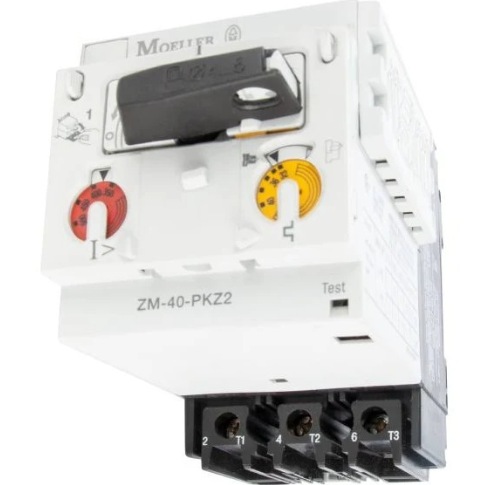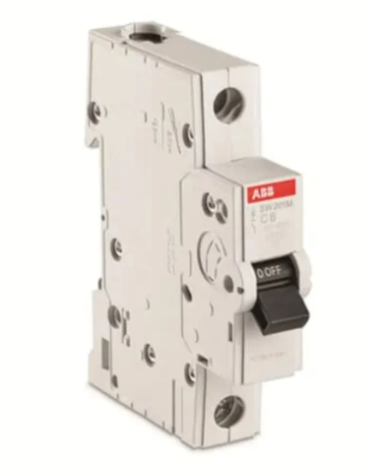AB Enhanced PLC-5 Programmable Controllers
AB Enhanced PLC-5 Programmable Controllers
Document Overview and Important Information: Provides an overview of the installation and troubleshooting of the Enhanced PLC-5 Programmable Controller. Emphasises the differences between solid-state and electromechanical equipment, reminds the user to ensure the safety and suitability of the equipment for the application, and states that Rockwell Automation is not responsible for consequential damages and that unauthorised copying of the contents is prohibited.
Controller Overview
Models and Panel Components: The 1785-L11B, -L20B, and other models have front panel indicators for battery, processor run/fail, and force, as well as communication ports and programming terminal connections, and configurations vary slightly from model to model.
System Components: In addition to the controller, a complete system requires components such as a lithium battery (1770-XYC), I/O chassis (1771-A1B, etc.), power supply (1771-P4S, etc.), and a personal computer.
System Hardware Installation
Preparation before installation: Pay attention to static electricity protection during operation, avoid plugging and unplugging modules or connecting/disconnecting cables under electric current to prevent the danger caused by electric arc.
Component Installation and Configuration: Install the I/O chassis (refer to 1771-IN075), configure the I/O chassis (set the backplane switch and power supply configuration jumpers, etc.), install the power supply (according to the corresponding instructions for the different module choices), install the PLC-5 Programmable Controller (set the address, interface, and install the batteries, etc.), and install the I/O modules (refer to the corresponding module instructions).
Powering up the system and connecting to a PC: Power up the system and clear the memory according to the position of the key switches; connect to a PC and refer to the relevant manuals and documents.
Controller Troubleshooting
Indicator diagnosis: judge the fault by the colour and status of BATT, PROC and other indicators, e.g. BATT red light indicates low battery, different status of PROC corresponds to different faults or normal operation.
Communication Channel Troubleshooting: Judge the faults according to the channel mode and indicator status, e.g. in Remote I/O Scanner mode, green light indicates normal link, green blinking may be an adapter fault.
Controller Specifications
General specifications: different models have different backplane currents, communication ports and relay boxes have specific isolation voltages, operating temperature 0 - 60°C, storage temperature -40 - 85°C, relative humidity 5 - 95% non-condensing, as well as vibration, shock, electromagnetic compatibility and other indicators.
Other specifications: Supports multiple communication modes, different models differ in maximum user memory, number of I/O channels, etc., e.g., 1785-L11B has a maximum user memory of 8K words and 1 DH+/remote I/O channel; 1785-L80B has a maximum user memory of 100K words and 4 DH+/remote I/O channels.
Performance Advantages
Optimised Functionality: The Enhanced PLC-5 programmable controller supports a wide range of communication protocols, such as DH+, Remote I/O, etc., which allows for easy data interaction with different devices and more complex system integration, which is difficult for many traditional controllers to achieve. It also has a real-time clock/calendar function, which can accurately record the time of events, providing strong support for the traceability and management of the production process, which is often lacking in traditional controllers.
Significantly improved performance: In terms of processing speed, Enhanced PLC-5 programmable controllers are much faster, able to quickly process a large number of complex control logic to meet the high demand for real-time performance in modern industry. Taking the automobile manufacturing line as an example, it can analyse and process many sensor data in a short time, and control the movement of the robotic arm in time to ensure efficient production, compared with the slower processing speed of traditional controllers, which may lead to low production efficiency. In terms of storage capacity, the Enhanced PLC-5 programmable controller has a larger user memory, which can store more programmes and data to meet the needs of complex control systems, while traditional controllers have limited memory, making it difficult to cope with complex control tasks.
Enhanced communication capability: The controller supports a variety of communication methods, not only can communicate with the host computer to achieve remote monitoring and management, but also with other intelligent devices to form a network to achieve data sharing and collaborative work, which greatly expands the scope of its application, while the traditional controller communication methods are relatively single, which restricts the scalability and flexibility of the system.
Convenient to use and simplified maintenance: Enhanced PLC-5 programmable controller has a self-diagnostic function, can monitor its own operating status in real time, once a fault is found, it can be fed back to the user in time through the indicator or communication interface, which is convenient to quickly locate and eliminate the fault, compared to the traditional controller's fault diagnostic function is weaker, which increases the difficulty of maintenance and the cost of time. Its programming is relatively simple, the use of programming language in line with industrial standards, such as ladder diagrams, etc., easy for engineers to understand and master, reducing the threshold of programming, while the programming of traditional controllers may be more complex, requiring professional programming knowledge and skills.

- EMERSON
- Honeywell
- CTI
- Rolls-Royce
- General Electric
- Woodward
- Yaskawa
- xYCOM
- Motorola
- Siemens
- Rockwell
- ABB
- B&R
- HIMA
- Construction site
- electricity
- Automobile market
- PLC
- DCS
- Motor drivers
- VSD
- Implications
- cement
- CO2
- CEM
- methane
- Artificial intelligence
- Titanic
- Solar energy
- Hydrogen fuel cell
- Hydrogen and fuel cells
- Hydrogen and oxygen fuel cells
- tyre
- Chemical fiber
- dynamo
- corpuscle
- Pulp and paper
- printing
- fossil
- FANUC
- Food and beverage
- Life science
- Sewage treatment
- Personal care
- electricity
- boats
- infrastructure
- Automobile industry
- metallurgy
- Nuclear power generation
- Geothermal power generation
- Water and wastewater
- Infrastructure construction
- Mine hazard
- steel
- papermaking
- Natural gas industry
- Infrastructure construction
- Power and energy
- Rubber and plastic
- Renewable energy
- pharmacy
- mining
- Plastic industry
- Schneider
- Kongsberg
- NI
- Wind energy
- International petroleum
- International new energy network
- gas
- WATLOW
- ProSoft
- SEW
- wind
- ADVANCED
- Reliance
- YOKOGAWA
- TRICONEX
- FOXBORO
- METSO
- MAN
- Advantest
- ADVANCED
- ALSTOM
- Control Wave
- AB
- AMAT
- STUDER
- KONGSBERG
- MOTOROLA
- DANAHER MOTION
- Bently
- Galil
- EATON
- MOLEX
- Triconex
- DEIF
- B&W
- ZYGO
- Aerotech
- DANFOSS
- KOLLMORGEN
- Beijer
- Endress+Hauser
- MOOG
- KB
- Moxa
- Rexroth
- YAMAHA
- Johnson
- Westinghouse
- WAGO


Email:wang@kongjiangauto.com


